As you probably know, I absolutely adore houseplants. I have always had quite a collection but when we moved house, I decided to retire a few that didn’t make it through the winter, knowing that Spring would soon be here and that once we moved, I’d be able to update my collection. I’ve been wanting to do a big houseplants post for a while, taking you through the whole process with me – from choosing the plants to researching their requirements, to potting them up and finally finding appropriate homes for them. So that’s what we’re doing today.
And the perfect opportunity arose to do this when I was contacted by Push Doctor – an online service that allows you to speak to an NHS Doctor within minutes, all from the comfort and convenience of your home. Their latest campaign (#GoGreener) centres around health and nature and the connection between them – and what better way to bring nature indoors than with houseplants? I knew I wanted to help them shout about this campaign whilst also sharing with you all my tips and tricks when I choose plants for my home. After all, it’s something that’s near and dear to my heart.
In fact, in speaking with Dr Simon Latham, Medical Officer at Push Doctor, there is actually a myriad of incredible proven health benefits in sharing our living spaces with greenery so before we go shopping, let’s find out why you should be buying houseplants in the first place.
Why HousePlants Are Good For Your Health
Aside from looking gorgeous in just about every home, no matter what your style, did you know that plants can make you more creative? That they can help you be sick less and make you think better? In fact, plants are actually proven to have a whole host of incredible benefits. Here’s what Dr Latham told me about some of the health benefits we get when we have include plants in our homes:
Plants boost your mental health – Nature is known to help alleviate stress, depression and anxiety, plus, being surrounded by plants triggers serotonin, the happy hormone, helping to lift your mood.
Plants make you more creative – As well as lifting your mood, a study has shown that being outside can help you concentrate better, while another suggests it can make you more creative as it activates the ‘imagination network’ in your brain, allowing it to ‘dip in to stored memories, ideas and emotions’.
Nature might help distract us from physical pain – We’re genetically built to find nature soothing, so it’s a great way to distract yourself from physical pain or discomfort. Studies have shown that hospital patients who have plants in their room, or a view of some green space from their window, feel pain less easily and in some cases actually recover faster.
Plants make you a better worker: A 2017 study showed that people who work in a green space have a 26% boost in cognition and they recorded 30% fewer sickness-related absences.
Houseplants provide you with cleaner air to breathe – Scientists studying the air-purification capacities of indoor plants have found that plants can absorb many gases in addition to carbon dioxide, including a long list of volatile organic compounds (VOCs). Benzene (found in some plastics, fabrics, pesticides and cigarette smoke) and formaldehyde (found in some cosmetics, dish detergent, fabric softener and carpet cleaner) are examples of common indoor VOCs that plants help eliminate.
An indoor plant’s ability to remove these harmful compounds from the air is an example of phytoremediation, which is the use of any plant — indoors or out — to mitigate pollution in air, soil or water. Indoor plants remove pollutants from the air by absorbing these gases through their leaves and roots. The microorganisms that live in the soil of potted plants also play an instrumental role in neutralizing VOCs and other pollutants.
So now that we know how great houseplants are in the home, it’s time to get shopping!
Where I shop for houseplants
I get this question a lot and the truth is, there are plenty of places I purchase my plants from. If you have issues getting out, then the internet is your best bet. You can get plants everywhere from eBay to Amazon and there are plenty of great online plant services as well. However, while I’ve had great success buying plants online, I do find that I like to see plants in person first to make sure they are nice and healthy before I take them home. I hit two different places for this particular shop – my local Dobbies Garden Centre in Shrewsbury as well as a nearby small independent boutique that sells some gorgeous plants and plant pots called Workshop in Shrewsbury’s town centre on Fish Street.
What to Look For When Buying Houseplants
When deciding to purchase your plants, have a look around first – do the plants on offer look healthy and well-cared for? Are there staff available so that you can ask questions? Are you having to dig through a bunch of wilted and neglected plants to find one that looks healthy? (If so, best walk away and find somewhere else!) Happily, both the independent shop and the garden centre had lots of great houseplants and they all looked lush and green – perfect for a spot of shopping!
Aside from healthy plants, have a quick look at the labels on the plants. Many will have care instructions right on the label but at the very least, it should contain the name of the houseplant your buying. A quick Google search should give you some information on how to care for the plant and whether it’s right for you.
Not every houseplant is suitable for every environment. Some plants require high humidity, others enjoy dim light, some prefer lots and lots of indirect light. There are high-maintenance plants out there and there are some great varieties that don’t mind a bit of neglect. Think about where you plan on putting your plants and choose those varieties that will thrive in your chosen location and be realistic about how much time you have to ensure the plant continues looking its best.
You’ll also want to be conscious of any toxicity in the plants you buy. There are many varieties that are toxic to animals or humans if eaten so if you do decide to purchase anything with higher levels of toxicity, you’ll want to make sure it’s far out of reach of curious children or animals.
The Plants I Purchased
These are the houseplants I decided to buy: Two varieties of Calathea, a Maidenhair Fern (Adiantum Raddianum), a Syngonium Arrow, an English Ivy (Hedera Long Trail White), Silver Sprinkles (Pilea Glauca Greyzy) and a Mistletoe Cactus (Rhipsalis Baccifera).
I also purchased pots for each of my plants, keeping in mind the sizes of the original planters. Most plants won’t need something too much bigger than the plastic pots they come in until they grow a bit and require repotting so you don’t want to swamp a small plant in a huge planter. Most of the plant pots you see above are from Dobbies whilst the pink hanging planter and the small coral planter are from Workshop.
As soon as I got home, before I even planted them in my pot plants, I started my research on each houseplant I purchased. I found out things like the Calathea need bright, indirect sunlight and like a warmer room. I’ve had a few Maidenhairs before and have struggled to keep them alive but I know from experience that they don’t like drafty spaces and they do like high humidity. The Syngonium is best thoroughly watered and then left to dry out and they are best kept away from animals. The English Ivy loves a cooler space with only indirect light while the Pilea Glauca needs quite high humidity in order to thrive.
This gave me a good idea of where my plants might fare best. The Maidenhair Fern and the Pilea Glauca love high humidity so our bathroom was probably best for these ones. Our kitchen is at the back of the house and doesn’t get much light and doesn’t get too warm so that’s where the English Ivy would go. The other houseplants could be scattered in the living room, dining room and in my dressing room bearing in mind their light requirements.
How I Pot Up My Houseplants
There are very very few houseplants out there that enjoy having soggy water-logged roots and one of the harshest lessons I’ve learned about plant ownership is how easy it is to over-water your plants. If your plant pots don’t have holes at the bottom to allow for drainage, then one of the best things you can do is create a place for water to drain away from the roots.
I like to use potting grit for mine which is basically just tiny bits of quartzite but you can use really small pebbles or stones (look out for the kind you’d put in an aquarium or a terrarium) which work just as well. Essentially you’ll just want to line the bottom pot with a small layer of these stones. How much will depend on the depth of your chosen pot but roughly speaking, for these smaller and medium-sized planters, I used enough grit to cover approximately 1/8″ of the depth. This will allow excess water to drain away from the roots, keeping them from rotting.
The next step is to put another small layer of potting soil right on top of the grit. I chose Miracle Grow Moisture Control Enriched Compost which is specially made for pots and baskets. Certain houseplants (especially those which thrive in more arid conditions like succulents and cacti) will require very specific types of soil so keep an eye out for these too.
I then will squeeze the plastic pot all around the sides just a little to loosen the soil from the pot and gently pull from the base of the plant right near the soil to release the whole thing from the pot. You’ll want to be careful with this step as you don’t want to damage the plant – most will come out fairly easily with a bit of coaxing! You can then place the plant into the pot on the bed of soil and fill in any gaps on the sides with more soil and then add a small layer on top if necessary.
You’ll then want to gently press, compacting the soil just a bit all around the top (avoiding the base of the plant) to make sure the plant is securely bedded in place. Your last step is to water them well.
Where My Houseplants Ended Up!
So keeping in mind my research initially when I bought the plants, I decided the best places they could live for now!
Because of their requirements for high humidity, I figured our bathroom was the perfect spot for both the Maidenhair fern and the Pilea Glauca. I placed the Maidenhair on the ledge that runs around the perimeter of the bathroom, figuring that if the window was open, it won’t get too much of a draft.
The room is always filled with lots of indirect light, perfect for both plants whilst the additional steam from the shower will help with humidity. I’ll likely give them both a fine mist every few days as well.
As I said earlier, the ivy does best in cooler areas and in our North-facing kitchen window, it should be happy! The kitchen will be fully remodelled in the future (excuse the state of that old window!) but considering the space needs a lot of work, I figured it was a nice way to brighten it up with some houseplants. I’ll be hanging it properly soon!
My cats are really quite good with not eating my plants but because the Syngonium is toxic, I just didn’t want to take any chances! So I’ve put it in our guest bedroom for now where the door is always closed to keep the animals from sleeping on the bed! I figured it was a nice way to brighten up the room and it mixes well with the fauxs I have in here. Plus it only needs a good soak on occasion so I’m not having to worry about it on a day-to-day basis.
My dressing room / office is definitely a work in progress at the moment but this cute little corner fireplace is definitely one of my favourite original features in here. I thought the Mistletoe Cactus would quite like the fact that it’s far from any direct light but the room is normally quite warm. Plus, it adds a cheery pop of colour to the space!
One of my Calathea plants is gracing another very unfinished room – the dining room which I’ve not even shared here on the blog so consider this a sneak peek for the time being. Our sideboard already has some large cut pieces I trimmed from my Fiddle Leaf Fig tree (it was getting way too big!) that I’m waiting to propagate so I thought it could do with some company! The dining room is south-facing so gets plenty of bright, indirect light which this plant loves.
And finally, my other Calathea is now gracing my bar cart. The living room, similar to the dining room, is one of the warmer rooms in the house and gets lots of indirect light throughout the day so it should be happy here!
So if you’ve made it through this monster of a post – congratulations! Ha! I hope you enjoyed this detailed look at how exactly I choose the houseplants that are gracing my home. And now, it’s your turn: Did you know that plants had quite so many health benefits? Do you have any tips of your own for shopping or potting houseplants? I’d love to hear how you use plants in your home – the comment box awaits!
Disclaimer: This post has been sponsored by Push Doctor but as always, all thoughts, opinions and images are my own. I only team up with brands that I love and think you’ll like too! Thanks so much for supporting the brands that support Swoon Worthy. For more information on Push Doctors #GoGreener campaign and to find out more about the health benefits of plants and the great outdoors, be sure to follow them on Instagram, Twitter or Facebook.
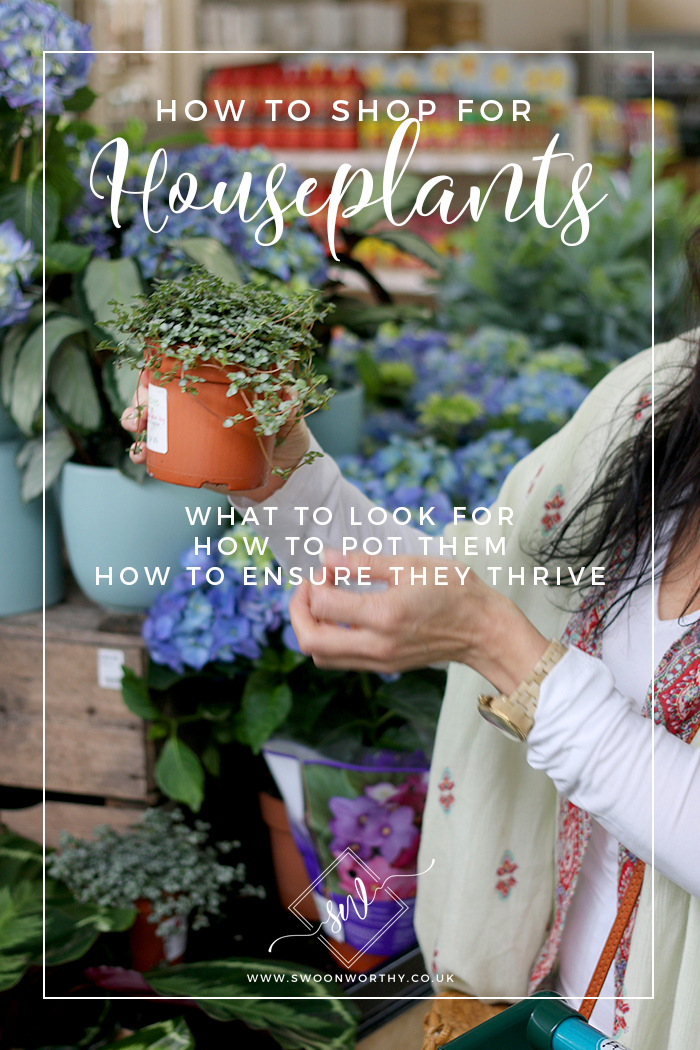
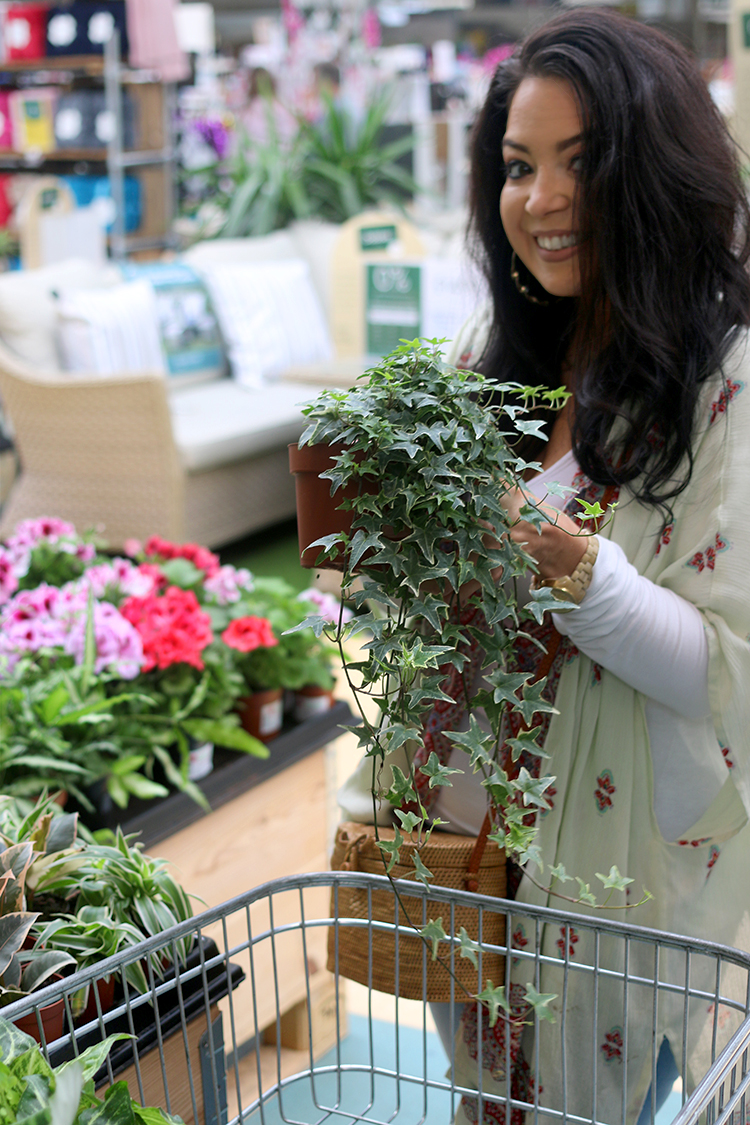
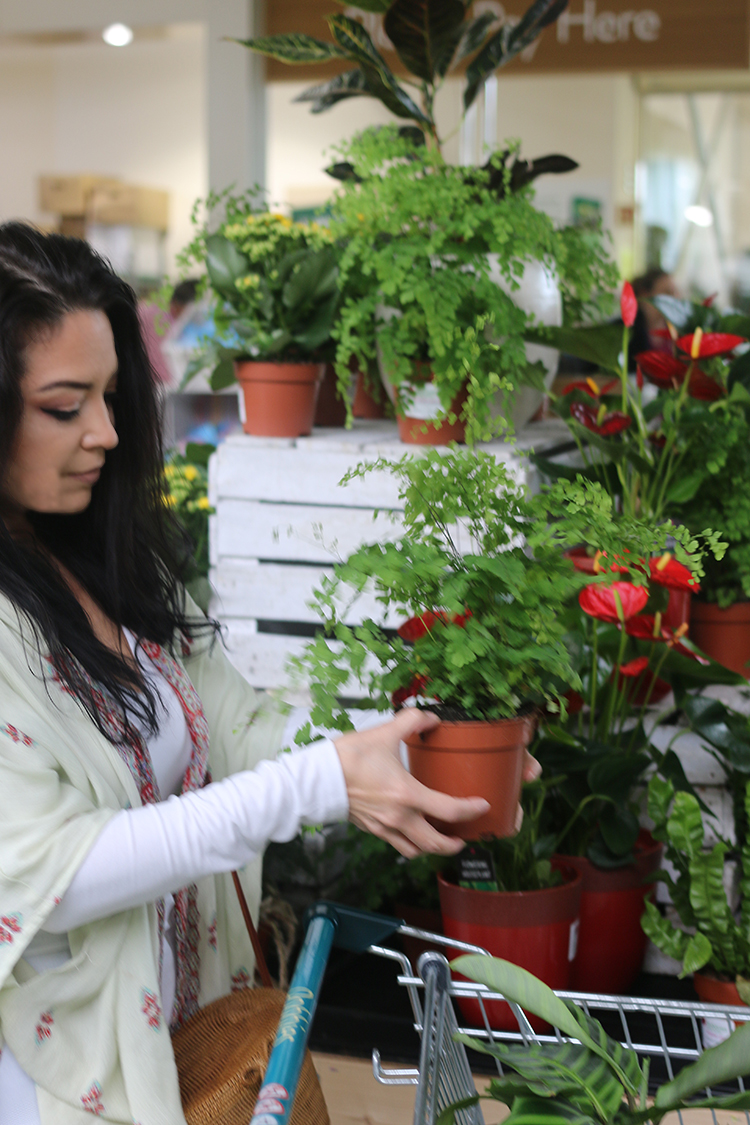

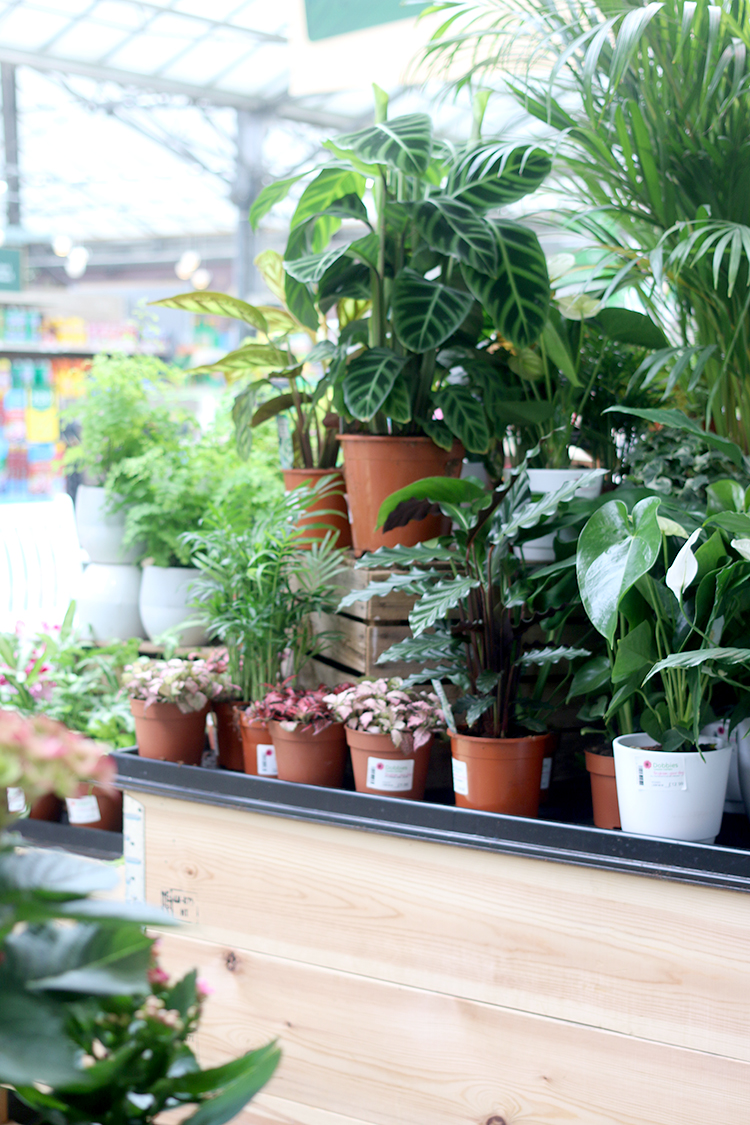
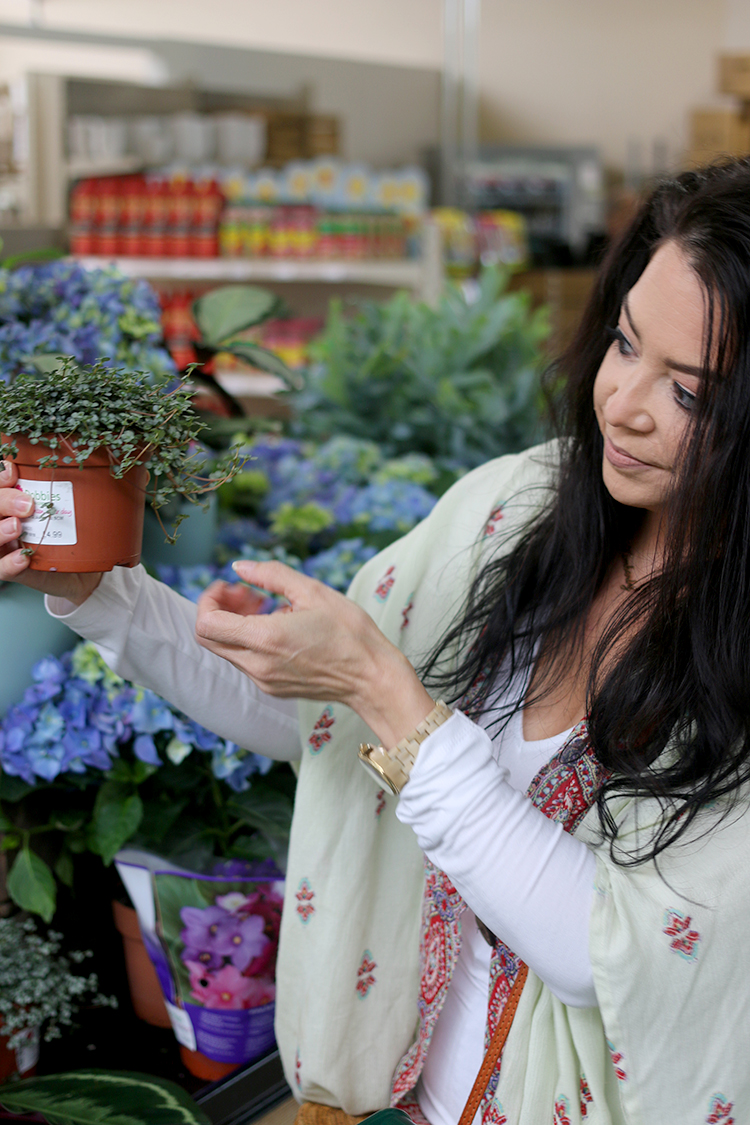
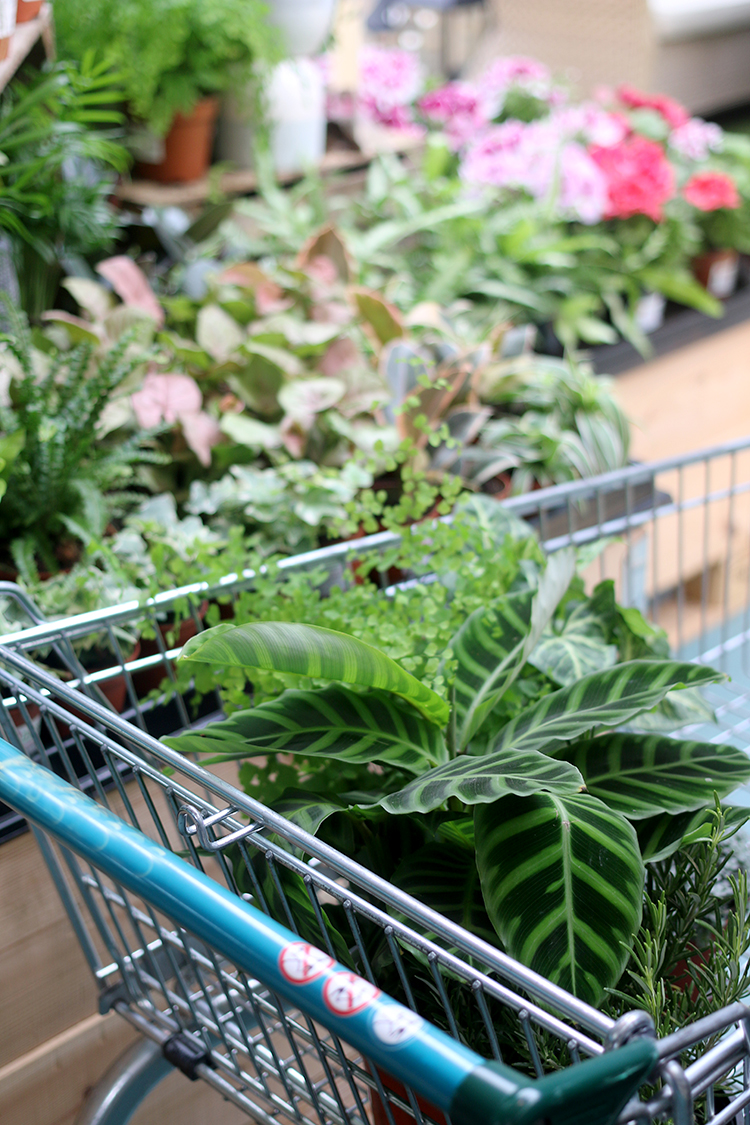
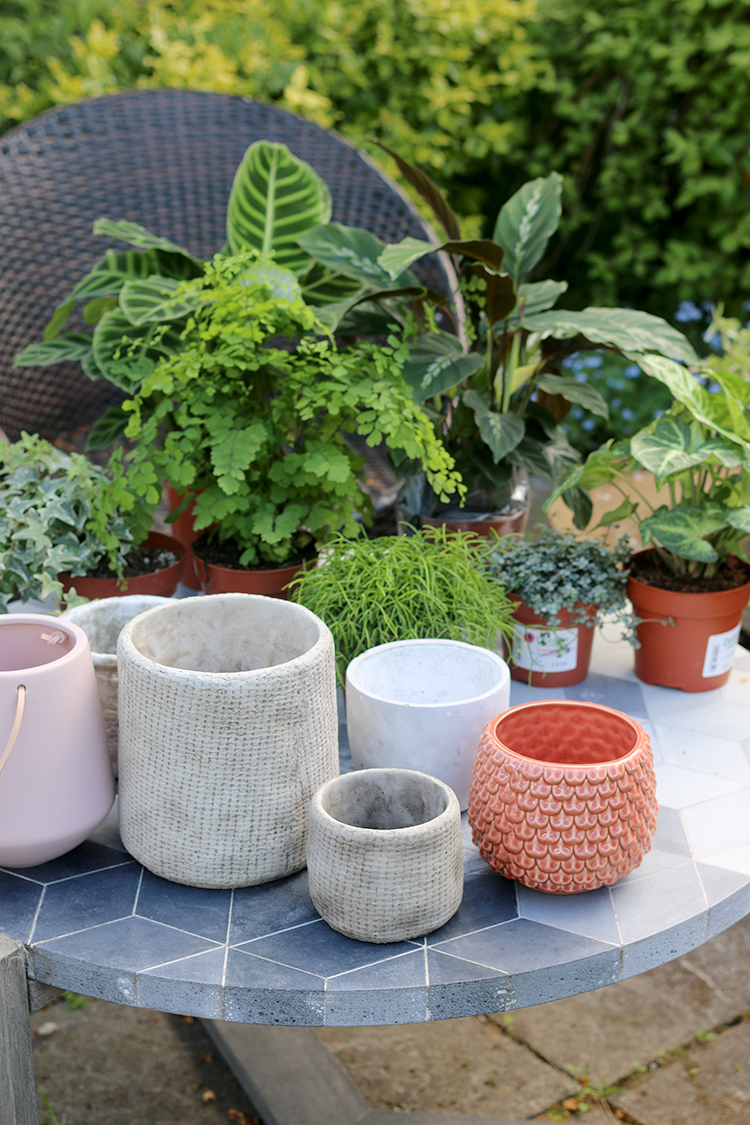
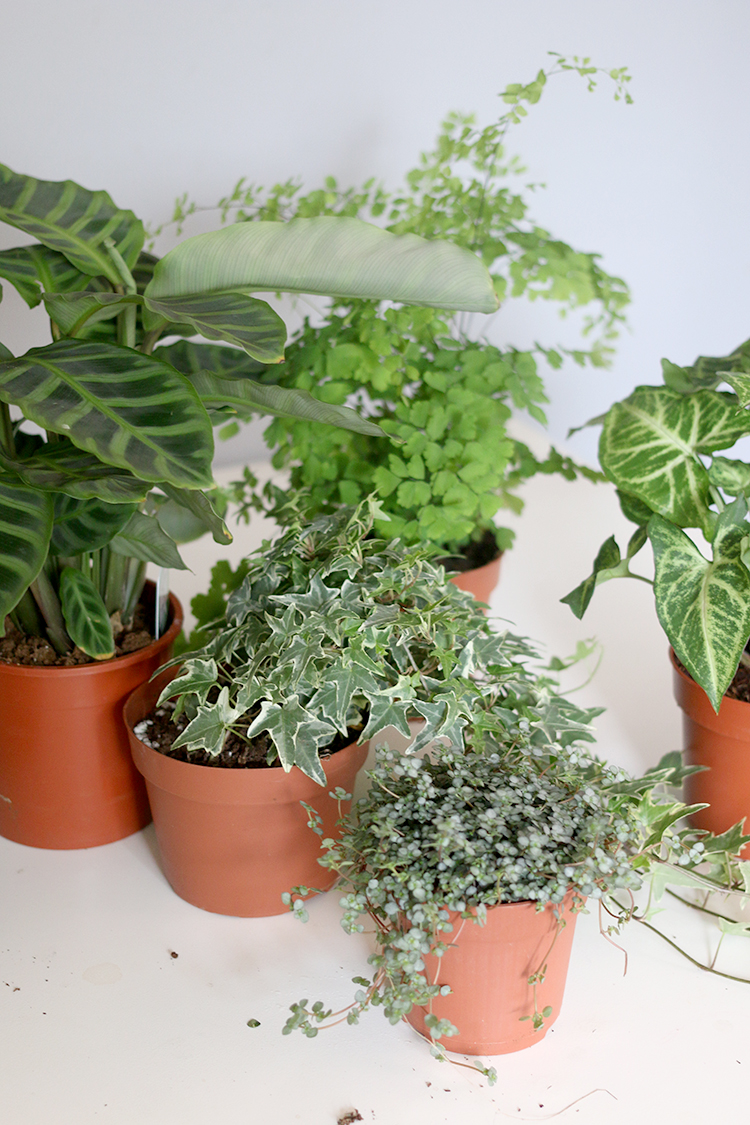
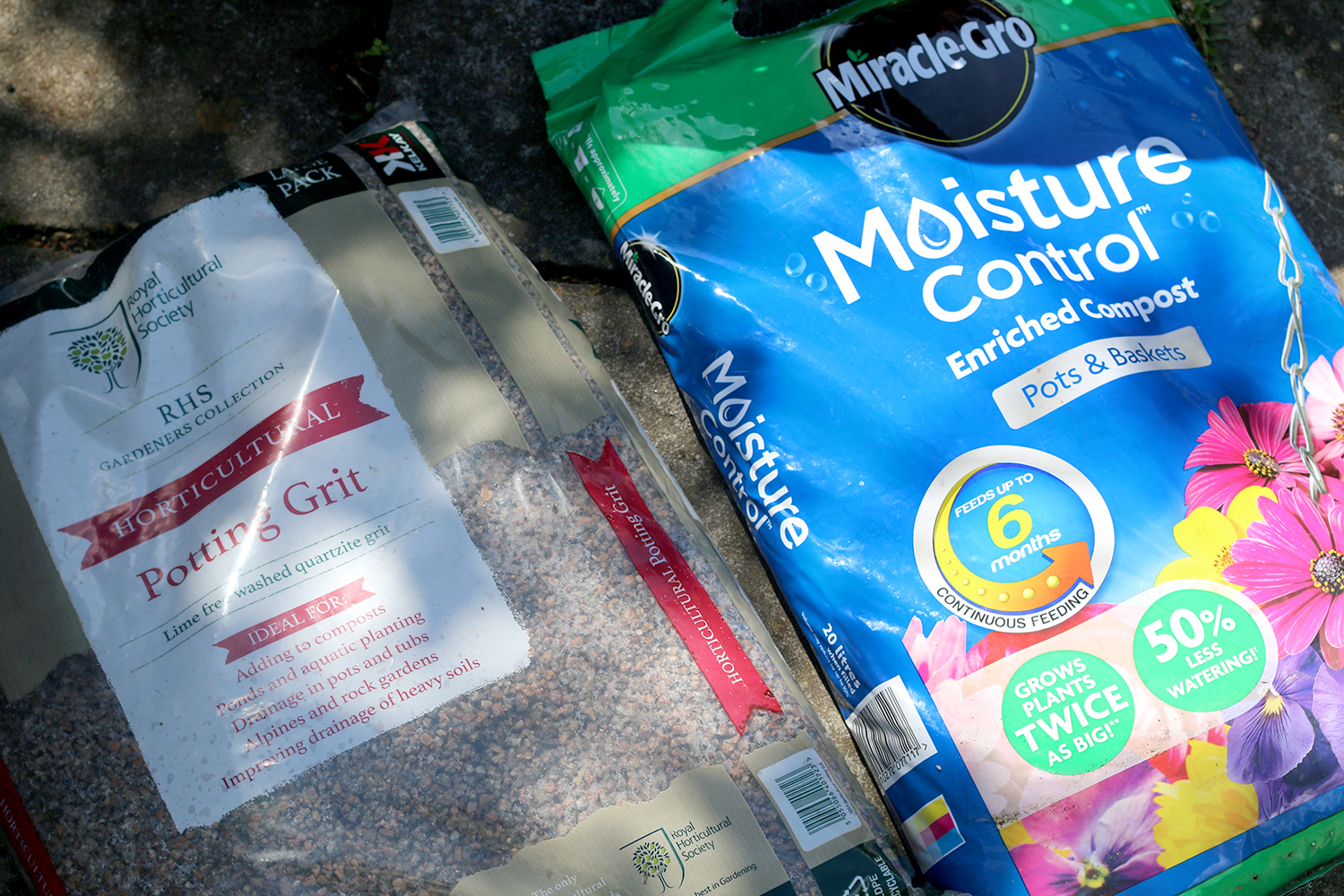

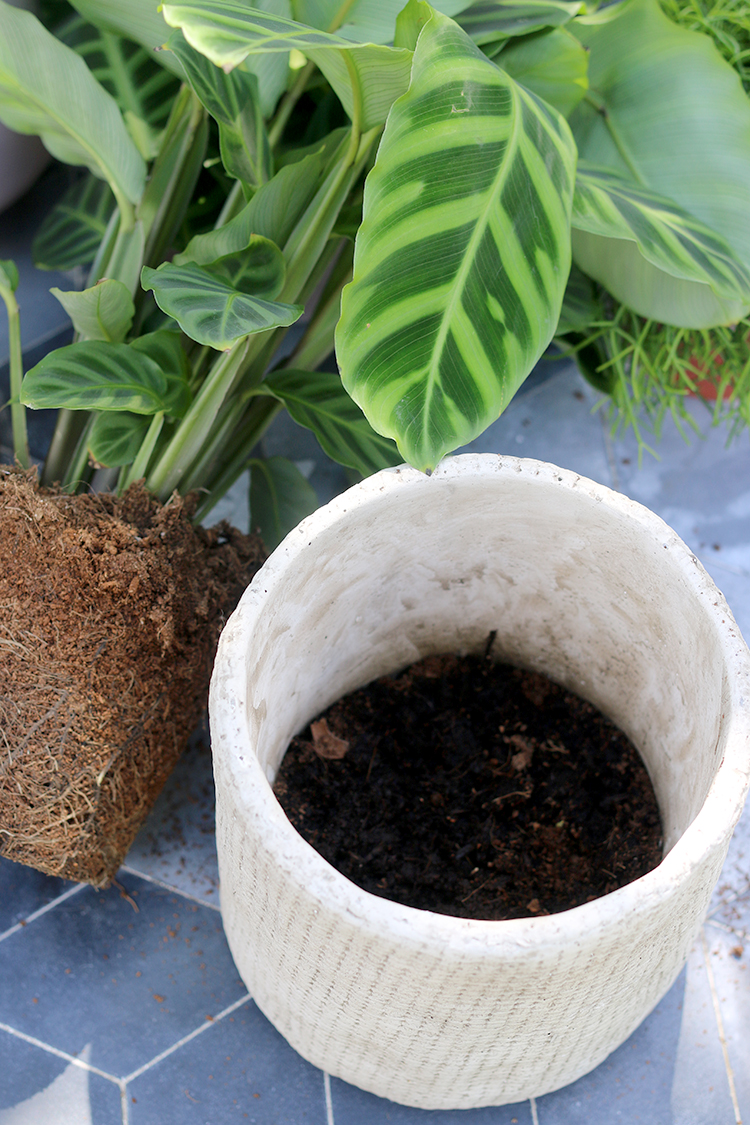
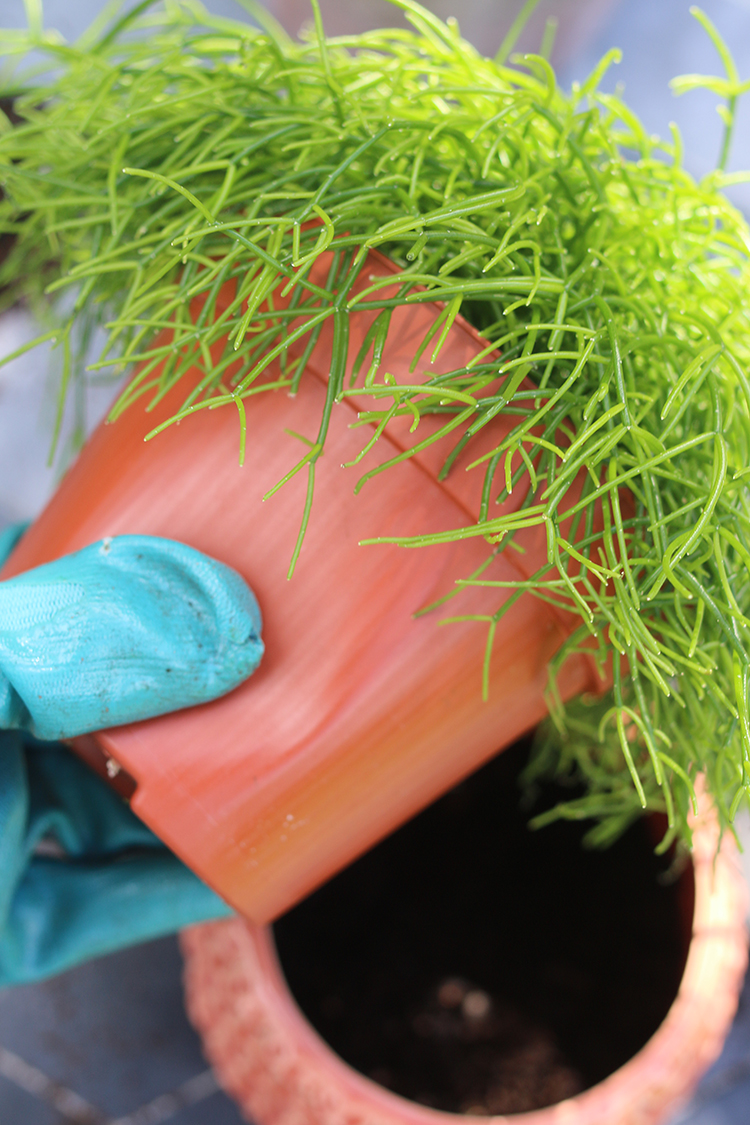
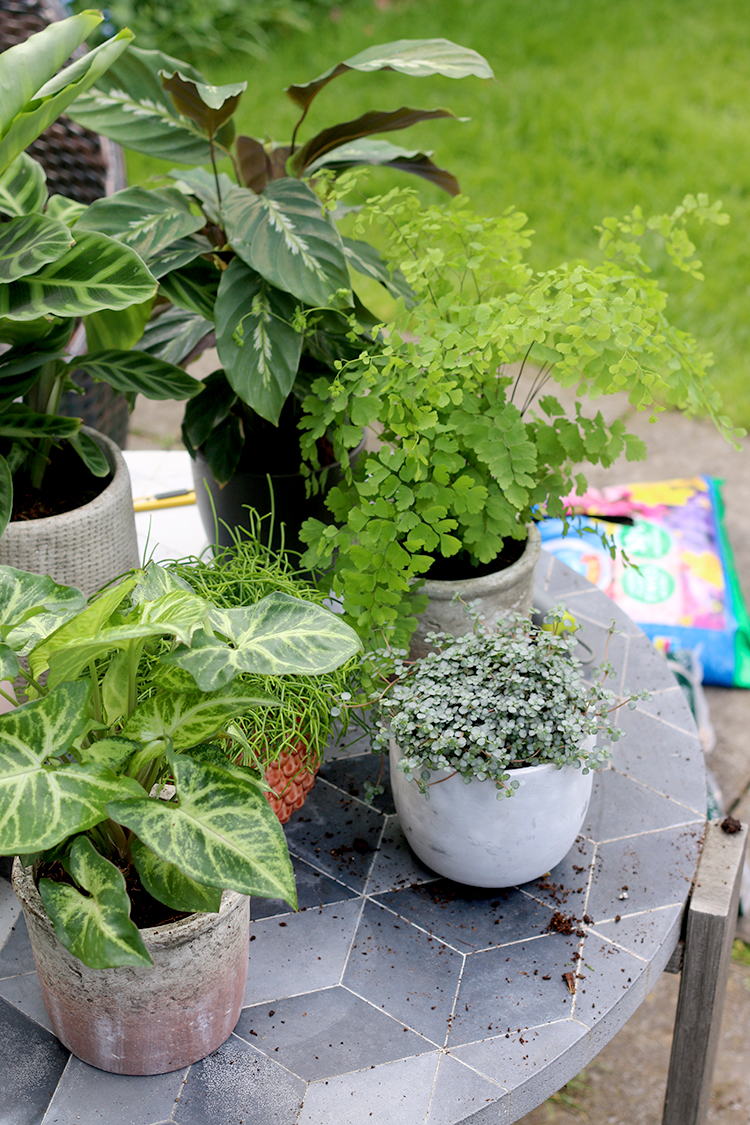
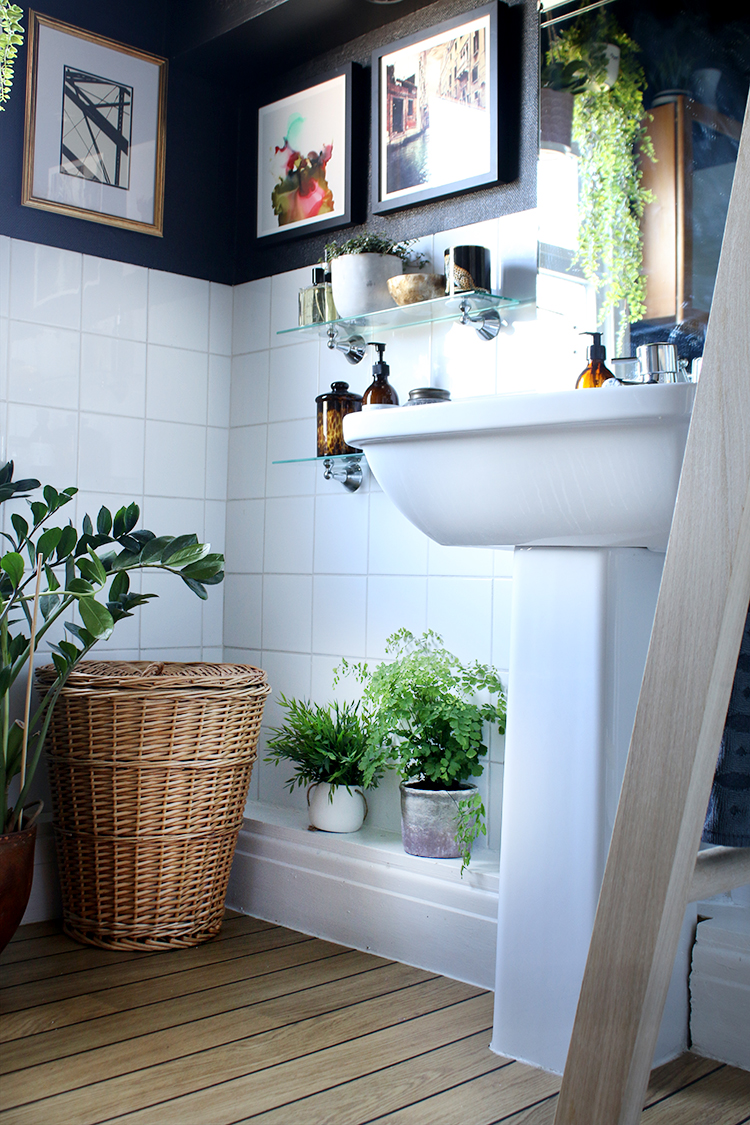


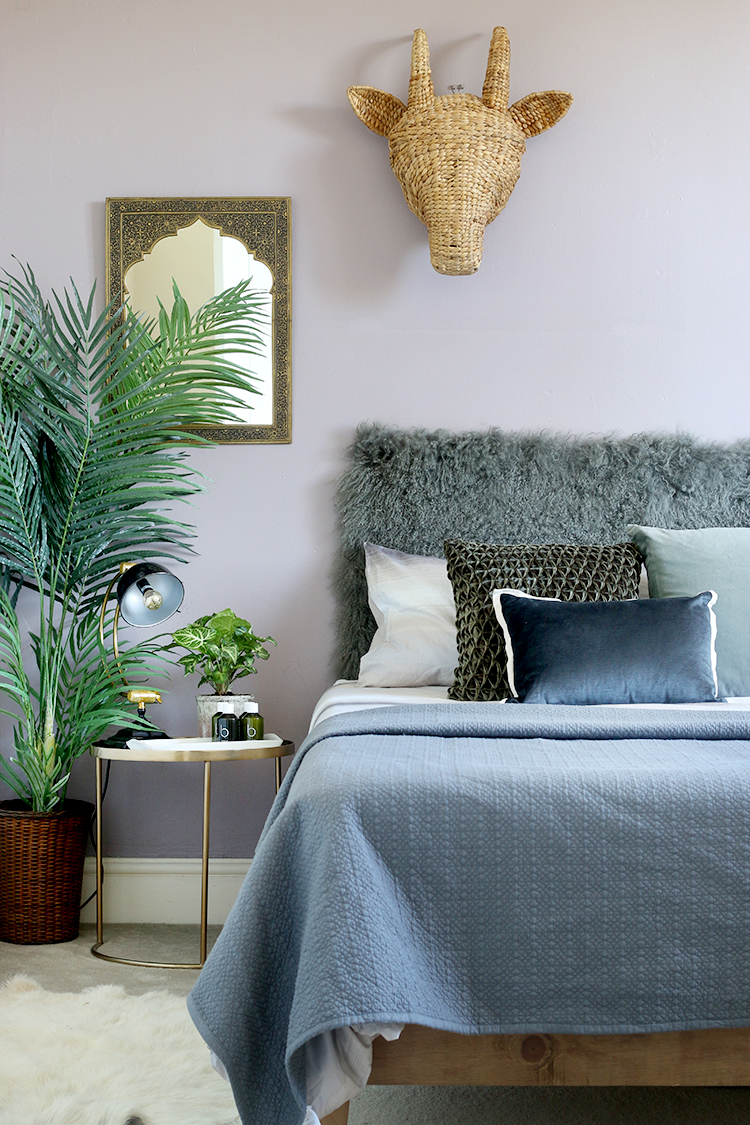
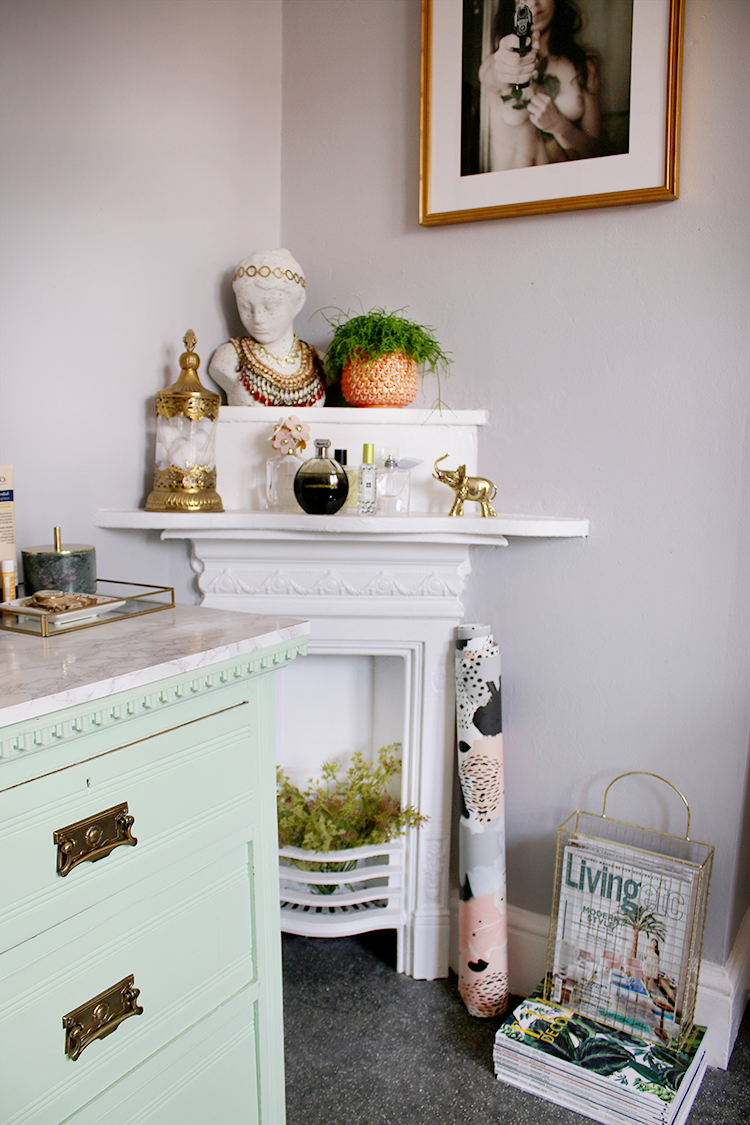
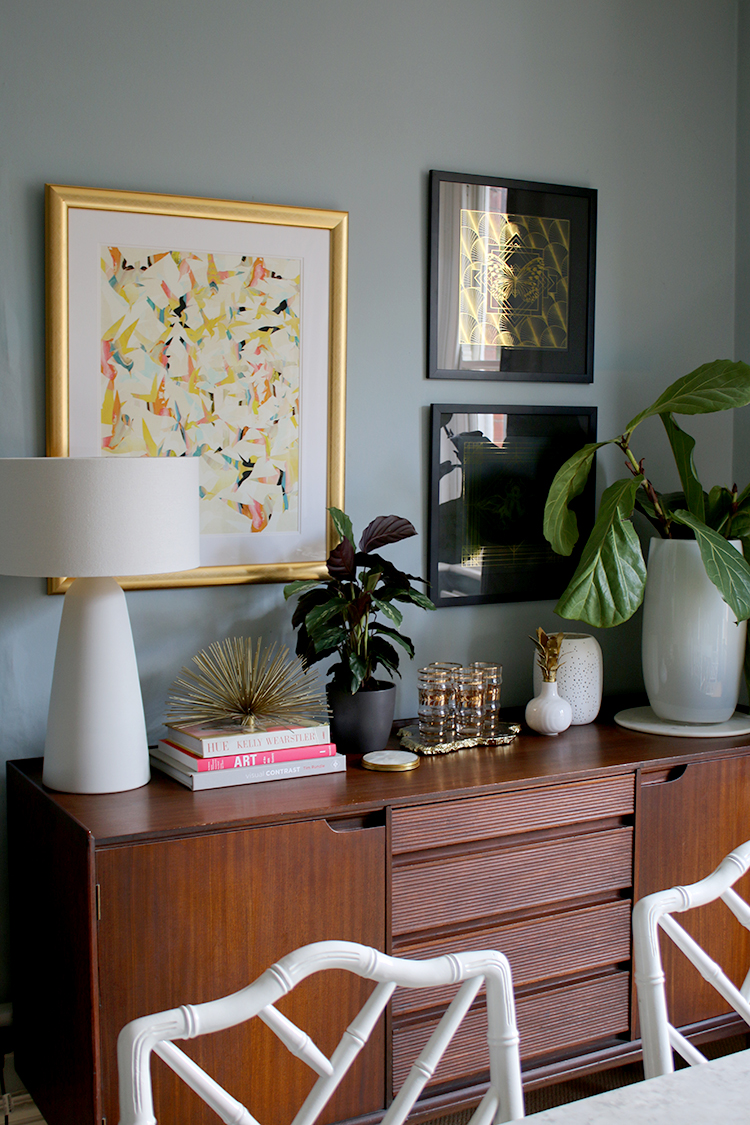
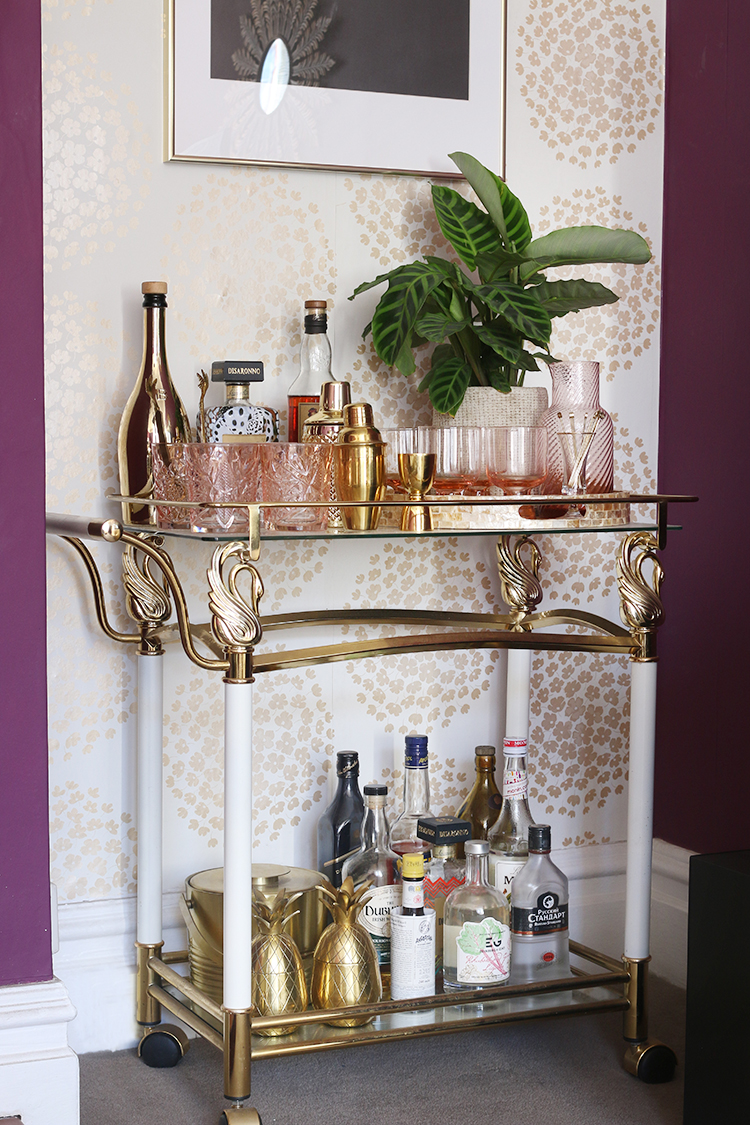



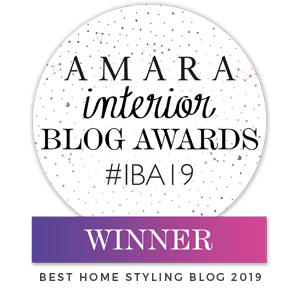
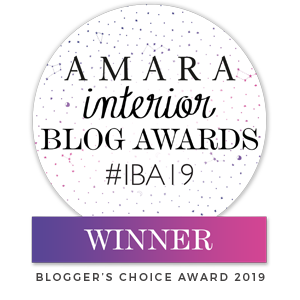







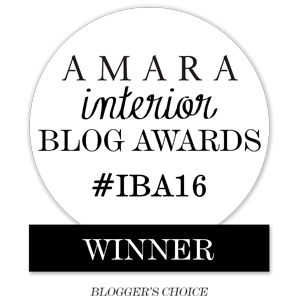

























Wow that is a long post. I’ll have to follow some of those steps.
Plants and flowers aren’t allowed in the NHS for infection control reasons but interesting to hear of the benefits.
Ha! I know, it’s a monster of a post!! Oh that’s really interesting about the NHS – not even get well flowers? xx
Sadly no, the water in them can cause Pseudomonas infections.
I’m learning all the time! Thanks for the insight Yvonne! xx
I love plants and flowers of all shapes and sizes, and I do find they can lift your mood. But I do find i over water them so I have to make a real effort to not do this. Great post Kimberly really enjoyed reading it and found it very interesting xxx🍃🌿🌵
They are SO easy to overwater and I think I’ve learned that lesson myself! I think for any plant that needs higher humidity levels, then misting them is always good and you won’t be soaking the roots :) xx
Brilliant insights here lovely! Especially with what each plant likes. I think we are definitely guilty of over–watering as we have had next to no luck with plants at all. Determined to get better though as I do feel happier with them in the house!
Oh I’m definitely guilty of over-watering here too but it does help to have that grit at the base :) Oh I hope you keep at it anyway – it’s definitely a learning curve! xxx
Loved this post. Really informative. Thanks. Your plants and containers look fab. Xx
Aww thank you Judith! So pleased you found it helpful! xx
I can’t keep my maidenhair ferns alive either! And I love them – so bright, so lush, and lacy. I’m gonna keep working on it!
And I’d love a post about what you’re going to to do with that fiddle leaf cutting. A “too big” fiddle leaf fig is on my bucket list.
I’m absolutely AWFUL with Maidenhair ferns as much as I love them too – they are so hard to keep alive. I am scared I’ve just destined this one to wilt and die but I’m determined to keep it alive as long as possible! Ha! As for my cuttings, they are just in a large vase filled with water at the moment – I’m waiting for the cut ends to form roots and then I can plant them! Baby figgies – yay! xxx
oh, baby figs! I’m about to move houses, too. So when I get to where I’m going, I’m gonna try that also. I have two FLF’s that I’ve managed not to kill, although they and I are still working out where they best like to be. :)
I checked out so many plants which are really awesome in beauty and for refreshing our mind which can be plant indoor and outdoor as well..
You’ll definitely get the health benefits inside or out and they are just so gorgeous :) xx
I so agree about the feel good factor of having plenty of plants around. I’m spending an obscene amount of money on garden plants at the moment but it’s made me feel completely different about the garden and the entire house. I’ve gone from feeling that it’s not my forever home to feeling that I might not ever want to leave.
I LOVE plants, but i’ve definitely killed my fair share (especially of maiden hairs). I’ve gotten to the point where I have to be ok with losing a few. But the experience helps with the next plant.
Yours look lovely! I will endeavor to get that good :)
Your new plants look beautiful in their new places, Kimberly, and show how living things really bring something special to a home space. I’ve got out of the habit of keeping house plants but am feeling inspired to get going again!
Could I make a plea that whenever repotting plants we try to use peat free compost? Peat is a precious and very limited resource and our peat bogs need to be left for the wildlife they support. Peat ends up in many compost mixtures and yet there are excellent alternatives readily available.
Ahh thank you Claire! And well, you learn something new every day! I didn’t realise that about peat but will definitely keep that in mind for the future – thanks for the tip! xx
Amazing, You have to search online to buy plants for your house. You can find the designer plants for your home. I have recently bought some beautiful plate for my home from hayneedle by using online coupons. Thanks for sharing this informative post with us.
Kimberly , love the post I read it the day you posted as usual lots of great information but I have been asking myself this question ever since–Where did she get that cute purse????
Hahaha! Aww thanks! No problem – it’s from Wood/Grey: https://www.woodgrey.com/collections/baskets-bags/products/bucket-woven-bag
Hope that helps! xxx